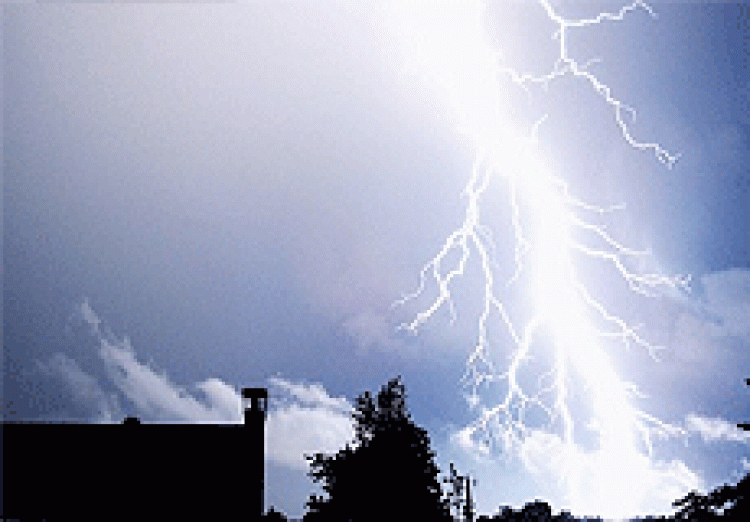'Black Swan' events: avoiding extinction

‘Black Swan’ events are by definition very difficult to anticipate, yet they are very much part of risk management. An organisation’s survival may depend on how its respond to such an occurrence. Eddie McLaughlin of Marsh explains.
Background and definition
The 2007 publication of Nassim Nicholas Taleb’s, The Black Swan, gave recognition to a predominately unacknowledged phenomenon – the rare and extreme impact event. The origins of the phrase date back to the assumption that all swans were white until the sighting of a black swan in Australia proved this long-held fundamental assumption wrong.
A Black Swan Event has three principle elements;
- It is unpredictable/extremely rare
- It has enormous impact
- With hindsight it appears to have been predictable or inevitable.
Scope of a Black Swan Event
The potential scope of these events is vast, and they can be considered in three key categories:
- Transformational change to the environment, such as the advent of the internet, 9/11 or the emergence of social media
- Extreme events, known to be possible but thought to be beyond any reasonable planning horizon, such as a meteor strike, volcanic ash, or extreme natural catastrophes
- Events that only seemed inconceivable because of a reliance on flawed fundamental assumptions, such as the recent global economic crisis or collapse of the Euro.
A Black Swan Event may have multiple direct or indirect consequences and have a positive or negative impact. Even if there is no direct damage to the infrastructure of your organisation, there may be catastrophic damage to the infrastructure of your clients or suppliers as demonstrated by the impact on global supply chains after Fukushima ($200 billion estimated cost). This may have significant, if not terminal ramifications for your business. For example, one factory within 40 miles of Fukushima supplied 20% of the world’s Silicon wafers. As a result there is a need to consider an organisations’ wider stakeholder community and the value chain of the organisation.
The flaw in conventional risk assessment
Organisations have struggled to deal with Black Swan Events. Traditional risk ranking approaches used widely by businesses fail to support the prioritisation of these events. The conventional approach ranks risks by combining likelihood & impact, thereby reducing the prominence of rare events. On consolidation these risks often fail to ‘make the cut’ of the top corporate threats - but in reality could be well above their risk appetite and could jeopardise the entire organisation.
Therefore assessment, mitigation and cost benefit analysis need to be adjusted for these types of risks. It is important that the board understands and challenges the assumptions underpinning the evaluation of such risks.
The human condition
There is an instinctive human tendency to form assumptions about the way our environment operates, allowing apparently rational and efficient decision making. This can lead to ‘risk blindspots’ as people not only stop challenging fundamental assumptions, but fail to remember they have made assumptions at all. This is particularly relevant when assessments are made around gross risk (before controls) and residual risk (after controls).
The principle here is to prevent unwarranted assumptions becoming foregone conclusions. As with all blind spots, a different perspective / viewpoint is required to provide this challenge.
- What do we actually know with absolute certainty (anything)?
- What are we making reasoned assumptions on versus complete guesswork?
Often over time assumptions become stagnant or outdated and mutate into ‘we know this for sure’ e.g. the use of certain mathematical models and distributions to price financial risk (value at risk) were known to be flawed, but nonetheless used universally.
What can be done to ‘risk manage’ Black Swan events?
So if these events are so unpredictable, the question arises, is there any point in trying to manage them; will you ever ‘predict’ the right event? This is in fact the wrong emphasis. The main focus should be directed towards the critical impacts on your organisation rather than the vast range of specific event scenarios. For example, the difference between planning for unavailability of 50% of your workforce versus planning for a specific Avian Flu outbreak.
Key considerations;
- Mapping your organisation’s value chain and discussing with key stakeholders their perspectives on potential impacts
- Ensuring robust challenge and wide consultation around risk assumptions
- Development of a specific “Black Swan” scenario analysis (register) which will give insight into interdependencies, potential changes to the operating environment, the associated consequences and the existing organisational response capabilities. This should involve a longer time horizon.
- Tracking of emerging global risks e.g. the World Economic Forum’s annual Global Risks report (www.mmc.com/wefglobalrisks).
- Ensuring your risk transfer arrangements are fit for purpose and consideration of how they might react to Black Swan Events e.g. some organisations were covered for volcanic ash claims others were not.
- Rehearsing how your organisation would be impacted and creating response plans (crisis management planning and testing).
Black Swan Events need separate consideration as part of the risk process to fully support decision making. Organisational survival might just depend upon it.
Eddie McLaughlin is managing director, Marsh Risk Consulting EMEA Edward.m.mclaughlin@marsh.com
Or contact James D’Arcy, associate consultant, Marsh Risk Consulting James.darcy@marsh.com
If these events are so unpredictable, the question arises, is there any point in trying to manage them; will you ever ‘predict’ the right event?
Black Swan Events need separate consideration as part of the risk process to fully support decision making. Organisational survival might just depend upon it.
.jpg)
Eddie McLaughlin
